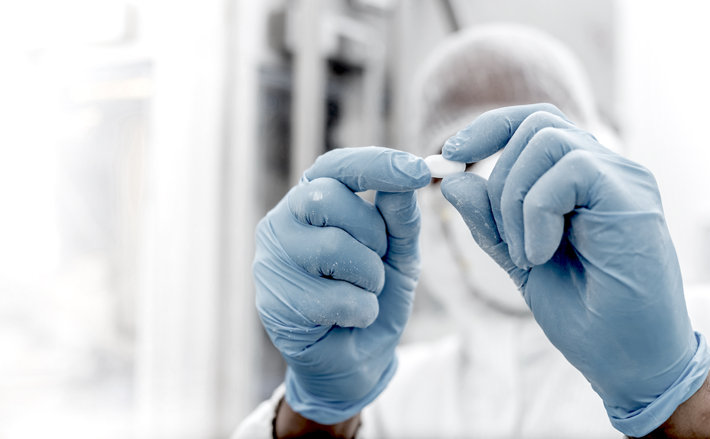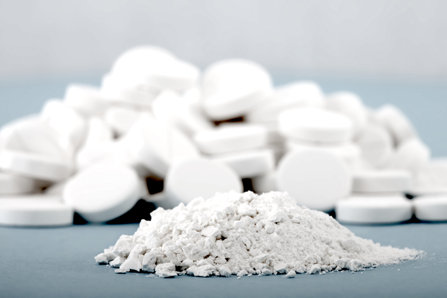“Abuse-Deterrent” Drugs—Miracle Solution or Big Pharma Facade?

Here we have a very interesting and controversial topic, a new idea that came about as a result of the FDA and CDC asking pharmaceutical giants to increase their efforts in reducing overdose deaths by having them make drugs that were less likely to cause such deaths.
But the FDA did not exactly get what they wanted.
Where-as U.S. officials had asked pharmaceutical giants to make drugs that were less addictive, Big Pharma responded by innovating drugs that were “abuse-deterrent.” It might sound like a small difference. To some, it might sound like the same thing. But the difference between what the FDA asked for and what the FDA got is striking.
What are Abuse-Deterrent Drugs?

An abuse-deterrent drug is a version of an existing opioid drug that has been altered slightly to make it more difficult for addicts to self-medicate on it and to get high from it. For example, an abuse-deterrent version of the popular drug oxycodone would be a version of the drug that was much harder to crush into a powder. When addicts crush pills into a powder, they can snort the powder or dissolve the powder in water and inject it. Such methods deliver a faster and more potent euphoric high than simply swallowing the drugs does. An abuse-deterrent drug makes it more difficult to accomplish the above techniques.
But the problem is, abuse-deterrent drugs can still be abused. That is the simple truth of it. We need to stop lying to ourselves in thinking that abuse-deterrent drugs are some kind of godsend. They are not. People can still get hooked on them. People can still overdose on them. People can still die from them.
A Strategy that has Proven to be Ineffective
When we try to resolve a problem, if a tactic does not work, we try a different tactic. Abuse-deterrent drugs do not work. Pharmaceutical giants have been making abuse-deterrent drugs as far back as the 1990s. Abuse-deterrent drugs became most common between 2010 and 2016. Coincidentally, that was the same time period that opioid overdoses grew out of control and caused the most severe of problems and overdoses.
Abuse-deterrent drugs do not work because addicts can still swallow them, and abuse-deterrent drugs can still be crushed up if an addict has the right tools to hand. It would seem that the innovation of abuse-deterrent drugs is more of an effort for pharmaceutical giants to take the blame off of themselves for the opioid epidemic that they caused than it is an actual effort to resolve the problem.

The Definition of Insanity
According to Albert Einstein:
“The definition of insanity is doing the same thing over and over again and expecting different results.”
Putting all of our faith in abuse-deterrent drugs is sort of like this. An abuse-deterrent drug is just that, a deterrent. It does not solve the problem of addiction, and it does not even prevent a resourceful addict from getting high.
We Need a Revolution in Pharmacology
We need a massive change in the way we approach pharmacology in the United States. A majority percentage of our modern substance abuse problems are the direct result of prescription drug addiction. We don’t just need abuse-deterrent drugs. We need medicines that are not addictive at all. That is what the American people have been asking about for over twenty years now, and it’s what they need to get.
Resolving drug abuse and alcoholism is a joint effort and group task. The epidemic the U.S. is steeped in will take years to overcome. As we take our next step in that direction, we need to demand better, non-addictive medicines for our physical ailments.
Sources:
- http://scopeblog.stanford.edu/2017/07/14/a-look-at-the-pros-and-cons-of-abuse-deterrent-opioids/
- http://www.businessinsider.com/opioid-painkillers-abuse-deterrent-formulations-are-they-helpful-crisis-fda-2017-8
- https://health.usnews.com/health-news/articles/2016-03-24/fda-wants-generic-narcotic-painkillers-to-be-abuse-deterrent


